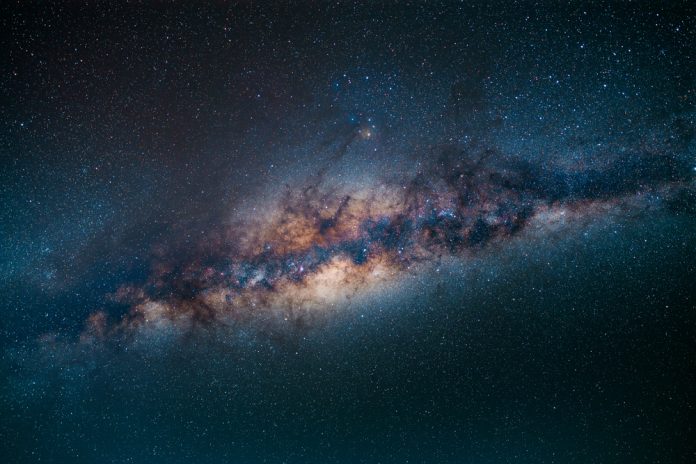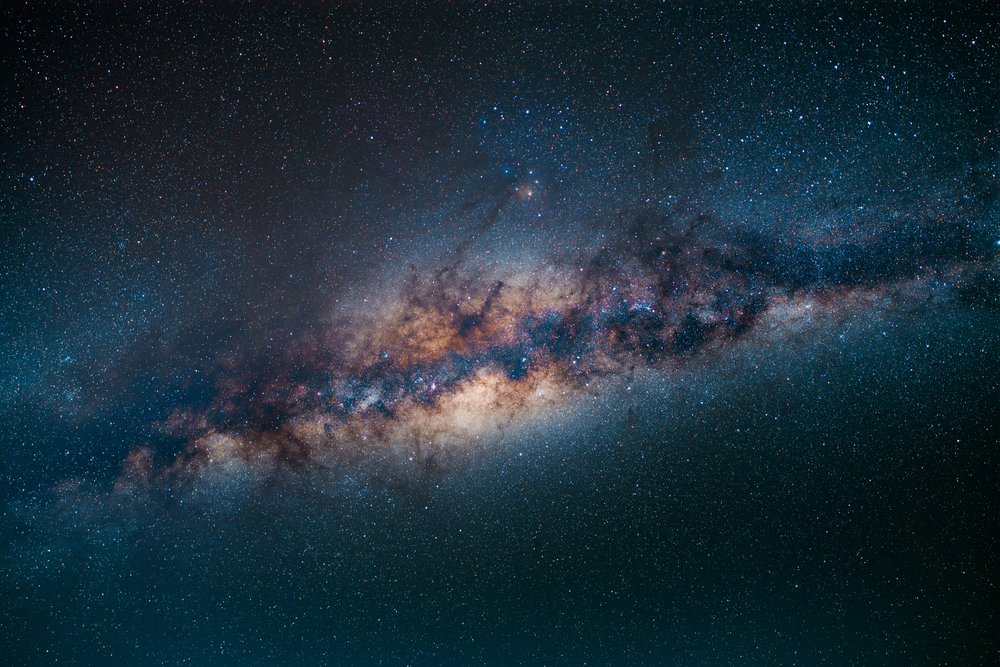
How many galaxies truly orbit the Milky Way, and what does their faintest glow tell us about cosmic evolution? The question, ostensibly simple, has become a problem for astronomers utilizing the latest technology in wide-field telescopes, computational modeling, and galactic archaeology. New discoveries are revolutionizing the Local Group census of our galaxy’s companions, reauthoring dark matter theories and offering unprecedented insights into the Local Group’s dynamic past.

1. The Challenge of Detection of Ultra-Faint Dwarf Satellites
The Large and Small Magellanic Clouds, the brightest satellites of the Milky Way, are visible to naked eye from the Southern Hemisphere, but such bright companions are the exception. By far, most satellites of the Milky Way are ultra-faint dwarf galaxies, each consisting of only a few hundred thousand stars far fewer than the detection limit of typical telescopes. Or Graur, a University of Portsmouth associate professor of astrophysics, explains, “The larger the telescopes get and the more advanced our instruments are, we’re able to drill down to increasingly fainter and fainter dwarf galaxies, all the way to ultra-faint dwarfs, as they’re now called.” The technological feat of discovering these transient objects relies on wide-field imaging surveys, which look at gigantic sections of the sky and allow astronomers to algorithmically remove foreground stars, revealing faint galaxies otherwise masked by the glare of closer objects.
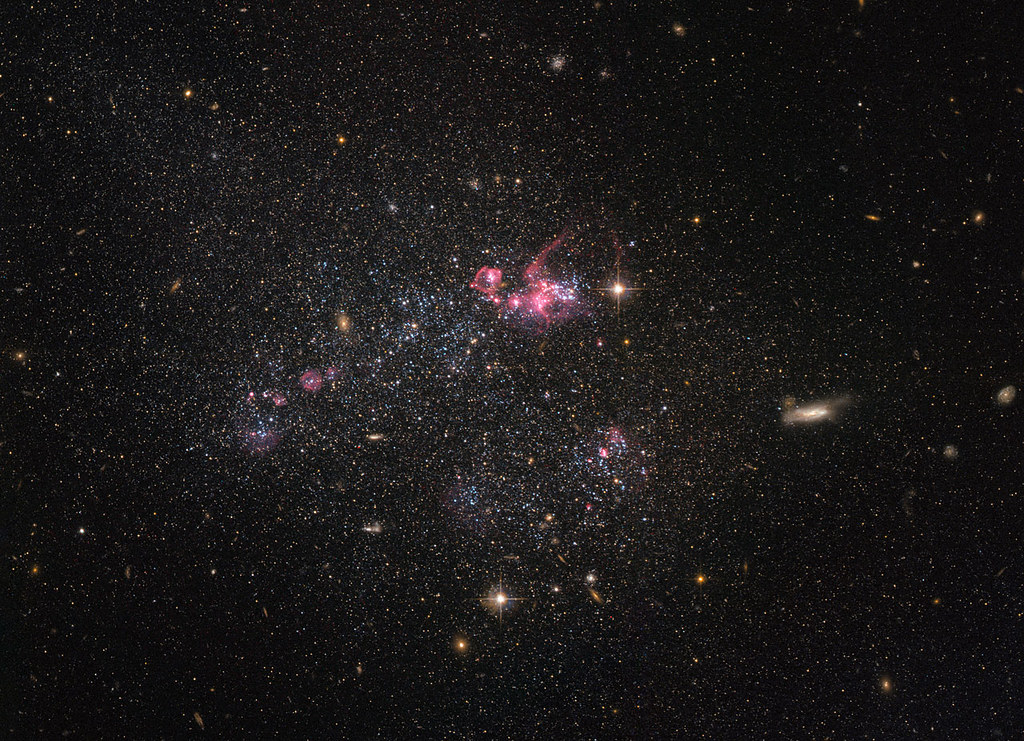
2. Confirmation through Spectroscopy: Telling Satellites from Interlopers
Finding a candidate dwarf galaxy is only the first step. To confirm that the object is actually a satellite bound to the Milky Way by gravity astronomers employ spectroscopy. Professor Marla Geha of Yale University’s department of astronomy and physics describes, “Then you can see whether the object is gravitationally bound to itself, and if that group is orbiting the Milky Way.”. A satellite galaxy now and will always revolve around the larger galaxy.” It entails cutting apart the light of each contender to determine its motion and direction, distinguishing true satellites from isolated foreground or background systems. The search remains daunting: “There are likely five to eight objects that lack spectroscopy yet or have questionable spectroscopy,” Geha says, documenting the evolving nature of the satellite census.

3. The Technological Revolution: From Sloan to Rubin Observatory
The millennium dawned on a new era in charting the galaxy with the inception of the Sloan Digital Sky Survey (SDSS), which produced the first electronic map of more than a third of the night sky. After stripping away foreground stars algorithmically, SDSS revealed an invisible census of pale dwarf galaxies. This technological leap was emulated by the Dark Energy Survey (DES) and now by the Vera C. Rubin Observatory’s Legacy Survey of Space and Time (LSST). The Rubin Observatory’s LSST will provide multi-color half-sky images to an unprecedented depth of r ~ 27.5 with astrometric accuracy of 10 milliarcseconds per epoch and with photometric precision of 1% or higher. The survey will count over 10 billion galaxies and the same number of stars, and will have the ability to see hundreds of previously unseen Milky Way satellites.
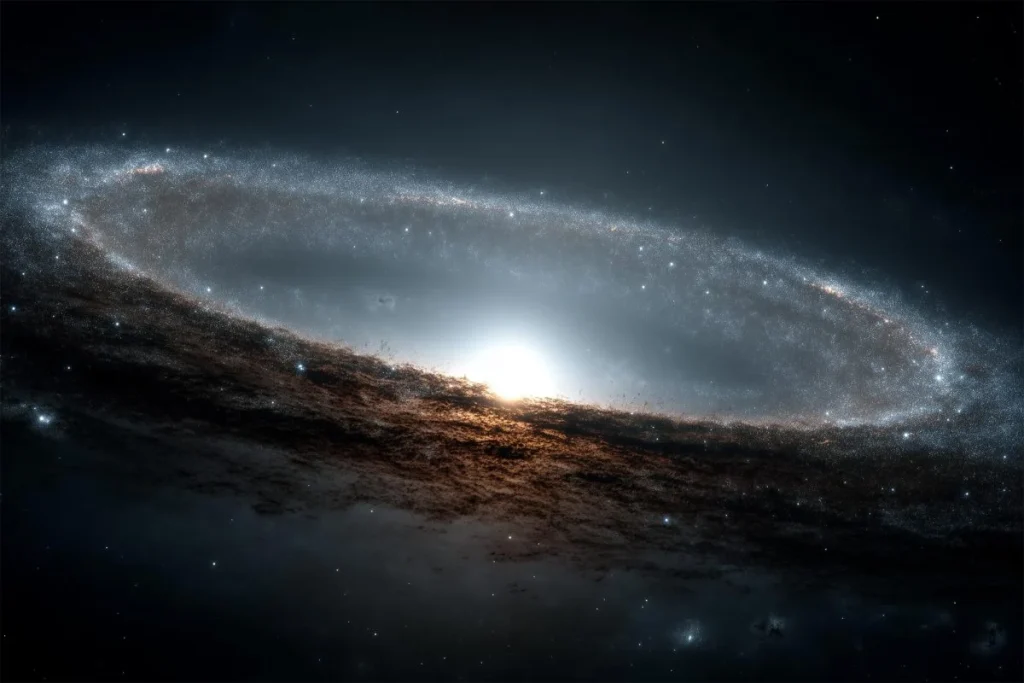
4. Dark Matter Halos and Satellite Galaxy Survival
Orbits and survival of satellite galaxies are very much linked with the dark matter halo of the Milky Way. Decades of research, with the groundbreaking work of Vera Rubin and Kent Ford, confirmed that galaxies’ rotation curves remain flat at big distances from the center, a phenomenon accounted for by the gravitational attraction of dark matter.
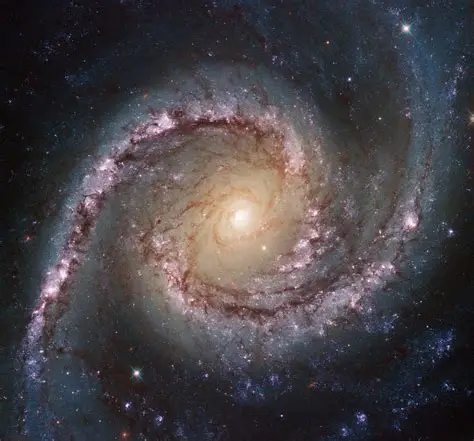
Nonetheless, recent observations combining Gaia and APOGEE data showed that near the periphery of the Milky Way, the rotation curve begins to decline, which demonstrates a “cored” dark matter halo with less central mass than previously. This structure determines the orbits, merging, and tidal disruption of satellites, and in simulations, the majority of satellites are stripped of their dark matter halos and become “orphans” faint, barely detectable remnants that even the most sensitive surveys struggle to detect.
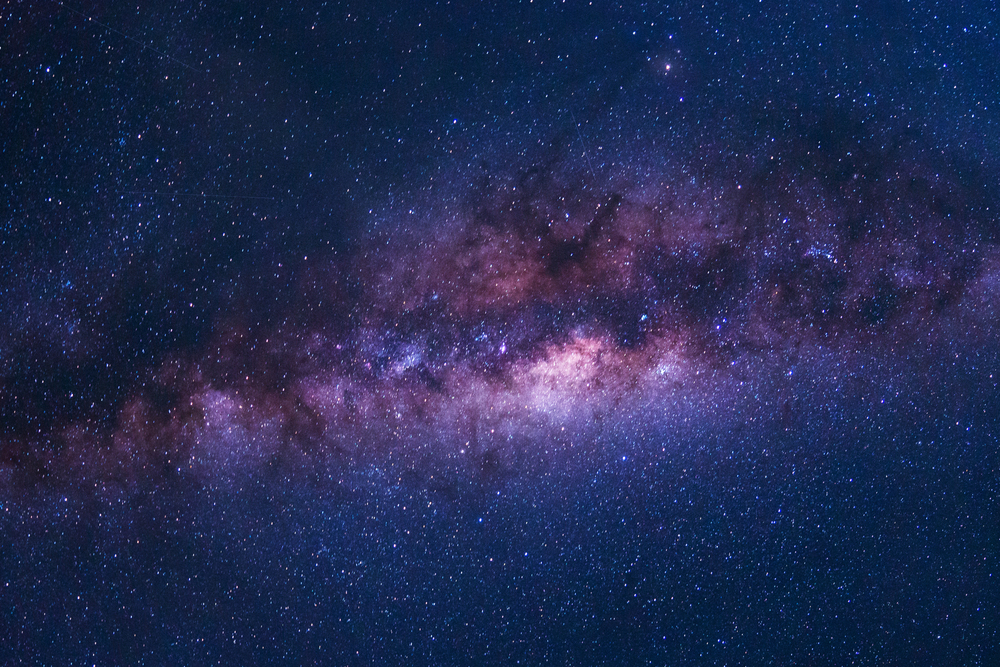
5. Galactic Archaeology: Stellar Streams and the Evidence of Tidal Disruption
The persistent accretion and disturbance of satellite galaxies provide a complex network of stellar streams tracts of stars outlining the orbit of their progenitors across the halo of the Milky Way. The galstreams library currently comprises nearly 100 such streams, every one measured with position, distance, proper motion, and radial velocity. These systems are a fossil record of previous mergers and tidal interactions and provide essential data for reconstructing the assembly history of the Milky Way and for the study of the shape and mass of its dark matter halo. Identification of the Gaia-Enceladus merger, which added a significant portion of the halo’s stars, shows the transformative impact of such mergers.
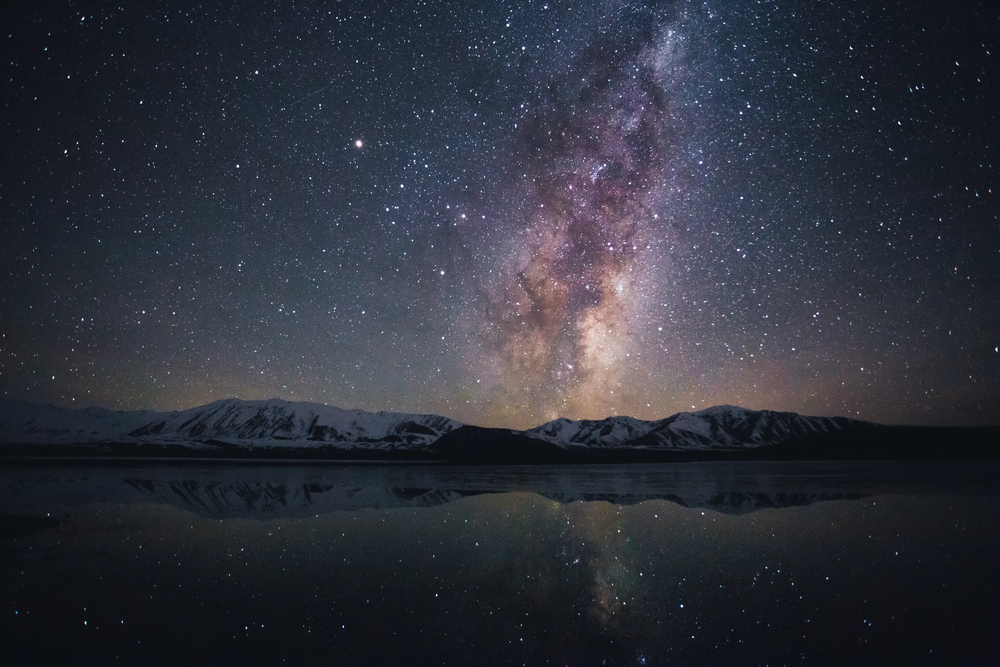
6. Simulations and the Missing Satellites Problem
Cosmological simulations using the Lambda Cold Dark Matter (LCDM) theory suggest that the Milky Way should have a far greater number of satellite galaxies than are present. Recent work, which combined high-resolution supercomputer simulations with analytical models, suggested that between 80 to 100 satellites still await discovery, many left ultra-faint due to the stripping away of their dark matter halos. If our calculations are correct, it puts more weight on the Lambda Cold Dark Matter theory of the formation and evolution of structure in the Universe,” says Dr. Isabel Santos-Santos of Durham University. The detection of these missing satellites would not just solve a long-standing discrepancy, but provide a stringent test of cosmological models.
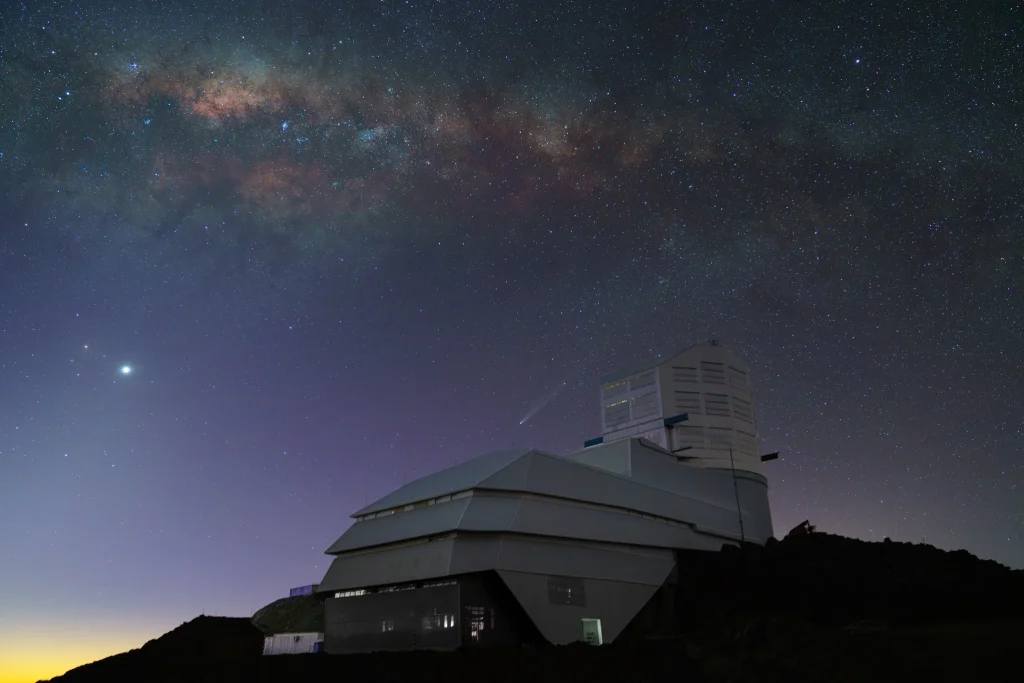
7. The Future: LSST, Gaia, and the Next Decade of Discovery
The union of the Rubin Observatory’s LSST and the Gaia mission will bring with it a new era in galactic cartography. LSST deep imaging will complement Gaia’s extraordinary astrometry so that one can detect and detail ultra-faint dwarfs, map the three-dimensional morphology of the Milky Way and its halo, and trace satellite and stellar stream orbits with unparalleled precision. As LSST catalogs billions of galaxies and stars, the boundaries of the familiar Milky Way will continue to expand, throwing into sharp relief the intricate interaction between star formation, dark matter, and galaxy evolution.
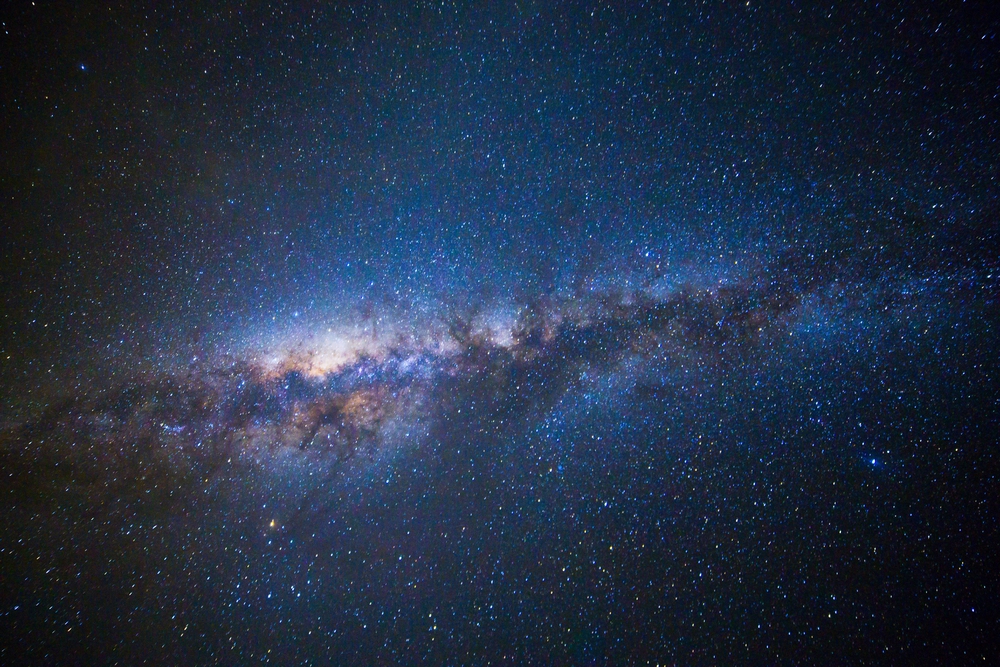
The satellite census of the Milky Way is more than a tally of far-off smudges in the sky it’s a master key to the fundamental processes that build galaxies, test our comprehension of dark matter, and illuminate the record written in the stars.
